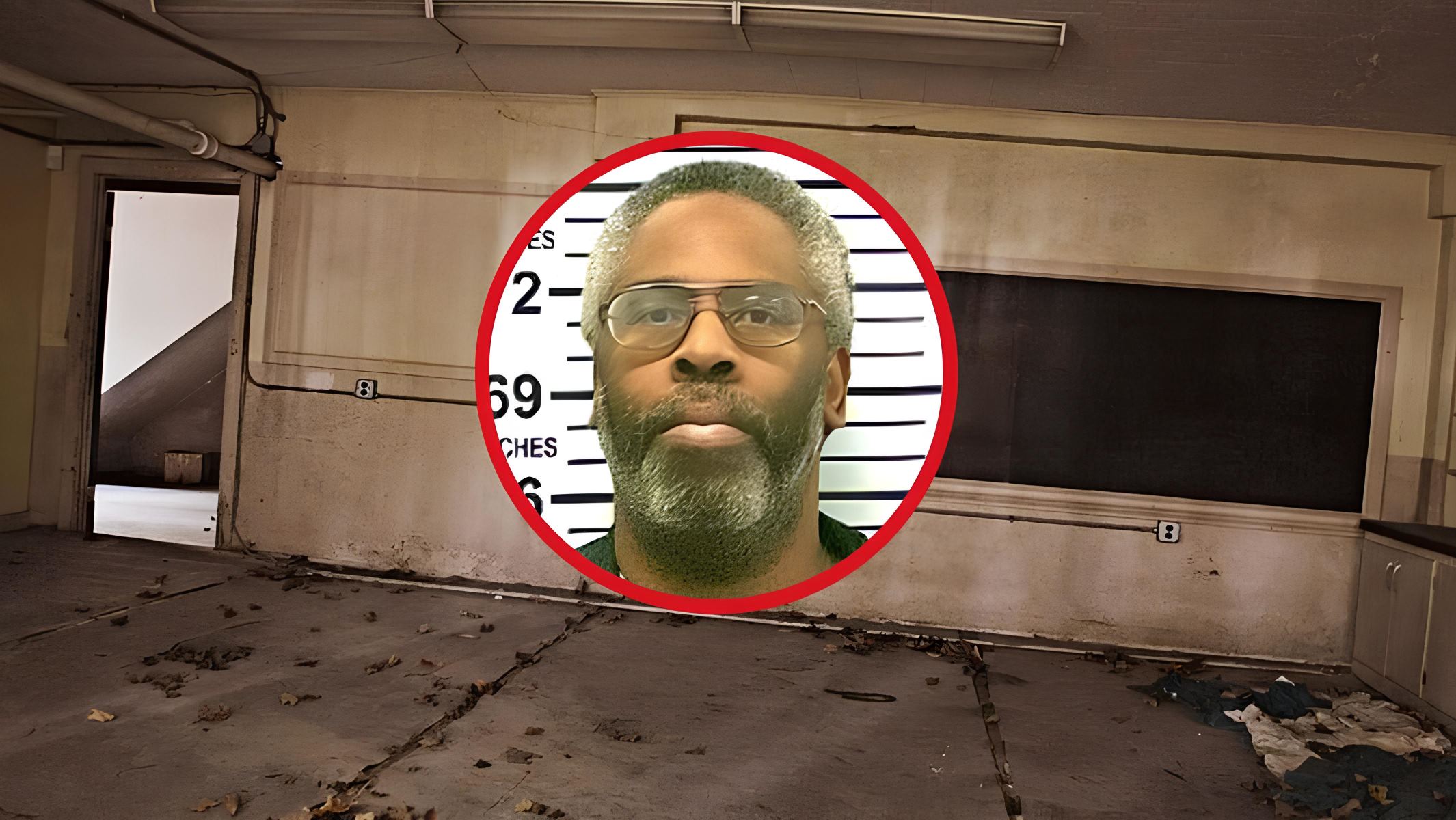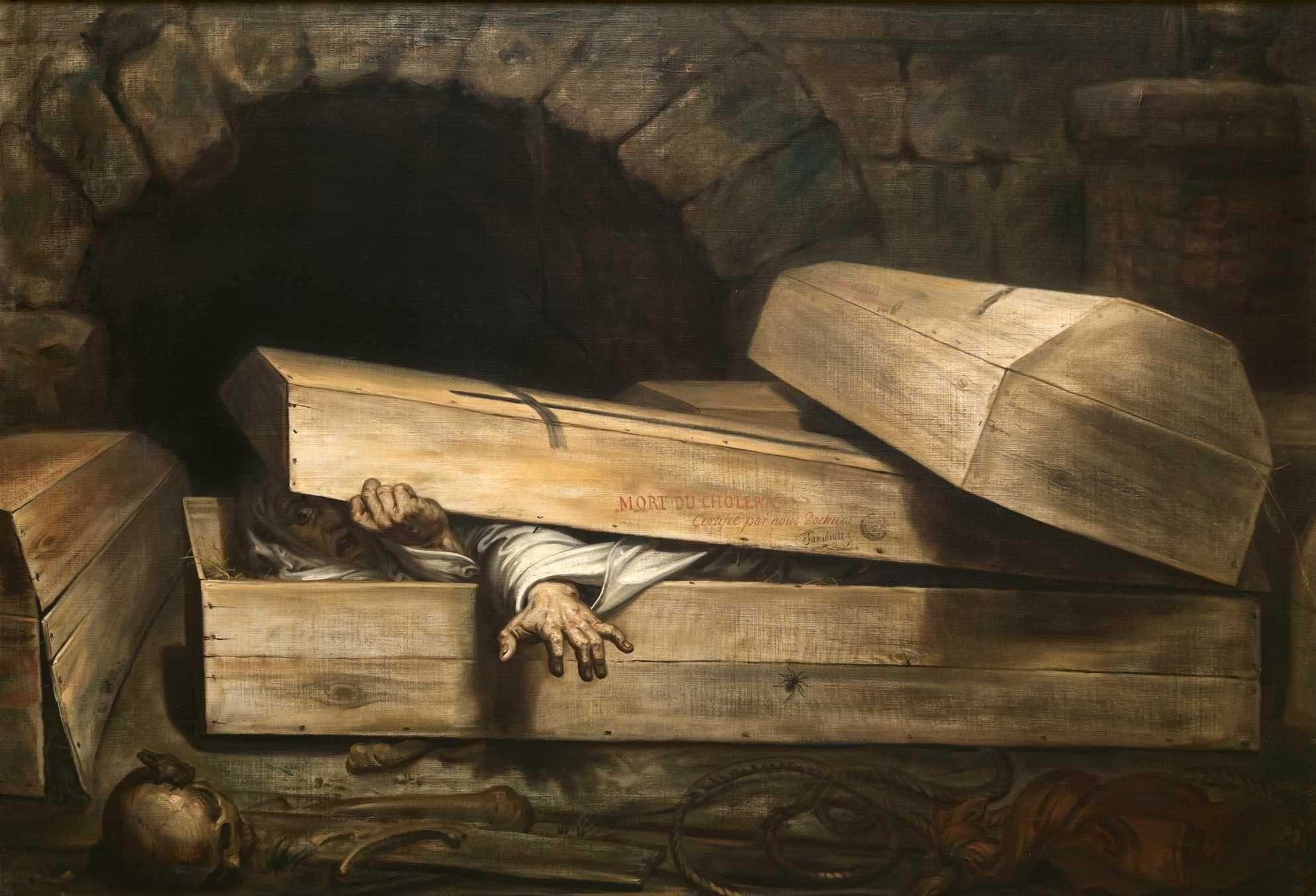
Who was Kendall Francois? Kendall Francois, known as the Poughkeepsie Serial Killer, terrorized Poughkeepsie, New York, from 1996 to 1998. His gruesome crimes led to the deaths of eight women, many of whom were sex workers. Born on July 26, 1971, Francois had a troubled life marked by poor hygiene, earning him the nickname "Stinky." Despite serving in the U.S. Army and attending college, his dark side emerged when he began his killing spree. Arrested in 1998, he was sentenced to life in prison without parole. Francois died in 2014, leaving behind a legacy of fear and horror.
Key Takeaways:
- Kendall Francois, the Poughkeepsie Serial Killer, committed heinous crimes without remorse, leaving a lasting impact on law enforcement and public awareness of the dangers posed by serial killers.
- Francois's lack of remorse and blame-shifting behaviors reflect deep-seated psychological issues, highlighting the vulnerability of certain groups within society and the need for community healing and support.
Early Life and Background
Kendall Francois, known as the Poughkeepsie Serial Killer, left a chilling legacy in the city of Poughkeepsie, New York. His life and crimes are a stark reminder of the darkness that can lurk within seemingly ordinary individuals.
- Birth and Early Life: Born on July 26, 1971, in Poughkeepsie, New York, Kendall Francois grew up in a seemingly normal environment.
- Education: He attended Arlington High School, where he was active in wrestling and football.
- Military Service: After high school, Francois enlisted in the United States Army in 1989. He completed basic training at Fort Sill, Oklahoma, but was discharged after four years due to obesity issues.
- College Enrollment: Returning to New York, he enrolled at Dutchess Community College as a liberal arts major.
Student Monitor at Arlington Middle School
During his college years, Francois took a job that allowed him to interact with students and teachers, but his behavior raised concerns.
- Job as Student Monitor: While studying at Dutchess Community College, Francois worked as a student monitor at Arlington Middle School.
- Nickname “Stinky”: Due to poor personal hygiene, students at the school nicknamed him “Stinky.”
- Inappropriate Behavior: Francois was noted for making inappropriate sexual jokes and touching female students' hair, causing concern among staff and students.
The Killing Spree
Francois's killing spree began in 1996 and continued until 1998, targeting vulnerable women, many of whom were sex workers.
- First Victim: On October 24, 1996, 30-year-old Wendy Meyers was solicited for sex at the Valley Rest Motel. Francois choked her during sex and left her body to rot in his home.
- Second Victim: A month later, on November 29, 1996, he killed 29-year-old prostitute Gina Barone in his car. Her body was also placed in his attic.
- Third Victim: Cathy Marsh, who was pregnant, became his third victim. Her body joined those of Meyers and Barone in the attic.
- Fourth and Fifth Victims: By March 7, 1997, Francois had killed 47-year-old Kathleen Hurley and 29-year-old Mary Healey Giaccone. Giaccone was not reported missing until November 13, 1997.
- Routine and Surveillance: Local law enforcement began surveilling Francois due to complaints from prostitutes about his violent behavior. Detectives noted his routine of driving his mother to work and then cruising downtown Poughkeepsie.
Arrest and Investigation
Despite initial investigations, it took time for law enforcement to uncover the full extent of Francois's crimes.
- Initial Investigation: In early January 1998, Poughkeepsie Police interviewed Francois about the missing women, but it led nowhere. Later that month, he was arrested for assaulting a prostitute in his room.
- Arrest and Charges: Francois was arrested and pled guilty to third-degree assault on May 5, 1998, spending 15 days in jail.
- Discovery of Bodies: On September 2, 1998, police discovered the bodies in Francois' home on Fulton Avenue. The attic and basement were filled with the remains of his victims.
Victims
The identities of Francois's victims paint a tragic picture of lives cut short.
- List of Victims: The eight victims identified were Wendy Meyers, Gina Barone, Cathy Marsh, Kathleen Hurley, Mary Healey Giaccone, Michelle Eason, Sandra Jean French, and Christine Sala (who escaped and reported Francois to the police).
Trial and Sentencing
Francois faced justice for his heinous crimes, but his lack of remorse was evident throughout the process.
- Charges and Sentencing: Francois was charged with eight counts of first-degree murder, eight counts of second-degree murder, and one count of assault. On August 11, 1998, he was sentenced to life in prison without parole.
Prison Life and Death
Francois's time in prison was marked by correspondence and health issues, leading to his eventual death.
- Life in Prison: While imprisoned at Attica Correctional Facility, Francois corresponded with a Poughkeepsie woman named Kristina Sharpe, detailing his daily routine and thoughts.
- Health Issues: In 2000, Francois discovered he had contracted HIV from one of his victims. He died of natural causes on September 11, 2014, at age 43 while incarcerated at Attica Correctional Facility.
Psychological Insights
Understanding Francois's mindset provides a glimpse into the mind of a serial killer.
- Lack of Remorse: Francois showed no remorse for his actions, expressing regret for other things but not for killing his victims.
- Blame-Shifting: He often blamed others for his actions, suggesting he should have never confessed to avoid being caught.
Letters and Correspondence
Francois's letters offer a unique insight into his thoughts and daily life in prison.
- Letters to Kristina Sharpe: Between 2011 and 2013, Francois wrote a series of 10 letters to Kristina Sharpe, detailing his daily life and private reflections.
- Fictional Account: The letters included a 24-page, single-spaced, handwritten fictional account of a woman who is gang-raped and then seeks vengeance, graphically portraying both sex and violence.
Community Impact
The discovery of Francois's crimes had a profound effect on the Poughkeepsie community.
- Fear and Terror: The disappearance of the women stoked fear in the community, prompting the creation of a special investigative commission.
- Community Reaction: Residents grappled with the reality of living near such a heinous individual, and the case highlighted the dangers lurking in ordinary neighborhoods.
Media Coverage
Francois's case has been extensively covered in various media, keeping his story alive in public memory.
- True Crime Books and Podcasts: Kendall Francois has been featured in true crime books and podcasts, including Claudia Rowe's "The Spider and the Fly."
- Documentary and Film Adaptations: The 2007 film "The Poughkeepsie Tapes" dramatizes Francois's crimes, taking creative liberties to enhance the narrative.
Legacy
Francois's crimes continue to serve as a cautionary tale and have had lasting effects on law enforcement and public awareness.
- Notorious Serial Killer: Francois is remembered as one of the most notorious serial killers in American history.
- Impact on Law Enforcement: The case led to changes in how law enforcement handles missing persons cases, especially those involving sex workers.
- Public Awareness: The case raised awareness about the dangers posed by serial killers and the importance of community vigilance.
Conclusion
- Psychological Analysis: Francois's actions reflect deep-seated psychological issues, with his lack of remorse and blame-shifting behaviors characteristic of severe personality disorders.
- Social Commentary: The case highlights issues such as prostitution, drug use, and the vulnerability of certain groups within society.
- Historical Context: Francois's case fits into a broader narrative of infamous serial killers in the United States.
- Cultural Impact: The case has significantly impacted popular culture, featuring in numerous true crime books, podcasts, and documentaries.
- Legal Implications: Francois's life sentence without parole raises questions about the effectiveness of such sentences.
- Community Healing: The case underscores the need for community healing and support after traumatic events.
- Educational Value: Francois's case provides valuable lessons for students of criminology, psychology, and sociology.
- Media Ethics: The case raises questions about media ethics, particularly in how true crime stories are reported.
- Legacy in Popular Culture: Francois's legacy continues to captivate audiences through various forms of media.
- Conclusion: Kendall Francois's life and crimes serve as a stark reminder of the darkness that can exist within individuals.
The Legacy of Kendall Francois
Kendall Francois left a dark mark on Poughkeepsie, New York, with his brutal crimes. His actions from 1996 to 1998 resulted in the deaths of eight women, many of whom were sex workers. Despite his arrest and life sentence, Francois showed no remorse, highlighting deep psychological issues. His case led to changes in law enforcement practices and raised public awareness about the dangers faced by vulnerable groups. The community's reaction was one of shock and fear, prompting a need for better support systems. Francois' story has been covered extensively in true crime media, cementing his place in history as a notorious serial killer. His life and crimes serve as a grim reminder of the importance of vigilance, effective law enforcement, and support for victims. The legacy of Kendall Francois continues to fascinate and horrify, offering valuable lessons for society.
Frequently Asked Questions
Was this page helpful?
Our commitment to delivering trustworthy and engaging content is at the heart of what we do. Each fact on our site is contributed by real users like you, bringing a wealth of diverse insights and information. To ensure the highest standards of accuracy and reliability, our dedicated editors meticulously review each submission. This process guarantees that the facts we share are not only fascinating but also credible. Trust in our commitment to quality and authenticity as you explore and learn with us.


